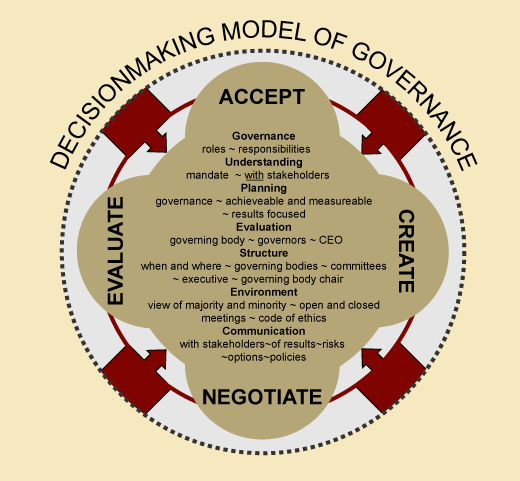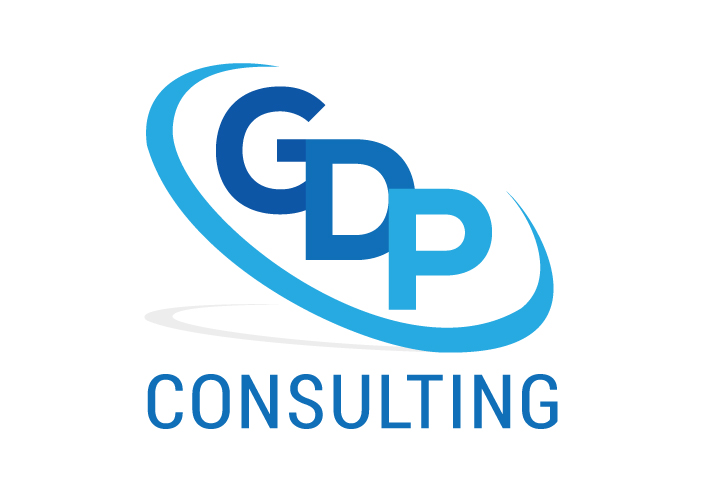There are 8 Premises of the DecisionMaking Model of Governance

These are outlined in the table below.
|
1. Who does work |
Board, in collaboration with all owners, creates the circumstances necessary to achieve the agreed upon vision and mission.
Board governs and staff do the operational work.
|
|
2. Who governs |
All stakeholders via the board members.
This includes strategic planning, clarifying the mandate and lines of business, negotiating outcomes, overseeing finances and risk, developing policy and monitoring progress and evaluating personal, the board’s and the organization’s success.
|
|
3. Level of Staffing |
Has a CEO and many staff.
|
|
4. Decision-Making |
Majority rule after the opinions of all persons have been sought. Members are expected to represent all stakeholders and know who will benefit and who will be marginalized.
|
|
5. Policy Areas |
|
|
6. Accountability |
Accountability is seen as
|
|
7. Representation |
The board represents the moral and the legal owners and values personal experiences and field-specific expertise equally. |
|
8. Evaluation |
Evaluation of the
|
The DecisionMaking Model of Governance was developed in 2006 by Brenda Kelleher-Flight of GDP Consulting Inc after 6 years of research with boards.
Watch for our new book The Productive Boardroom.


